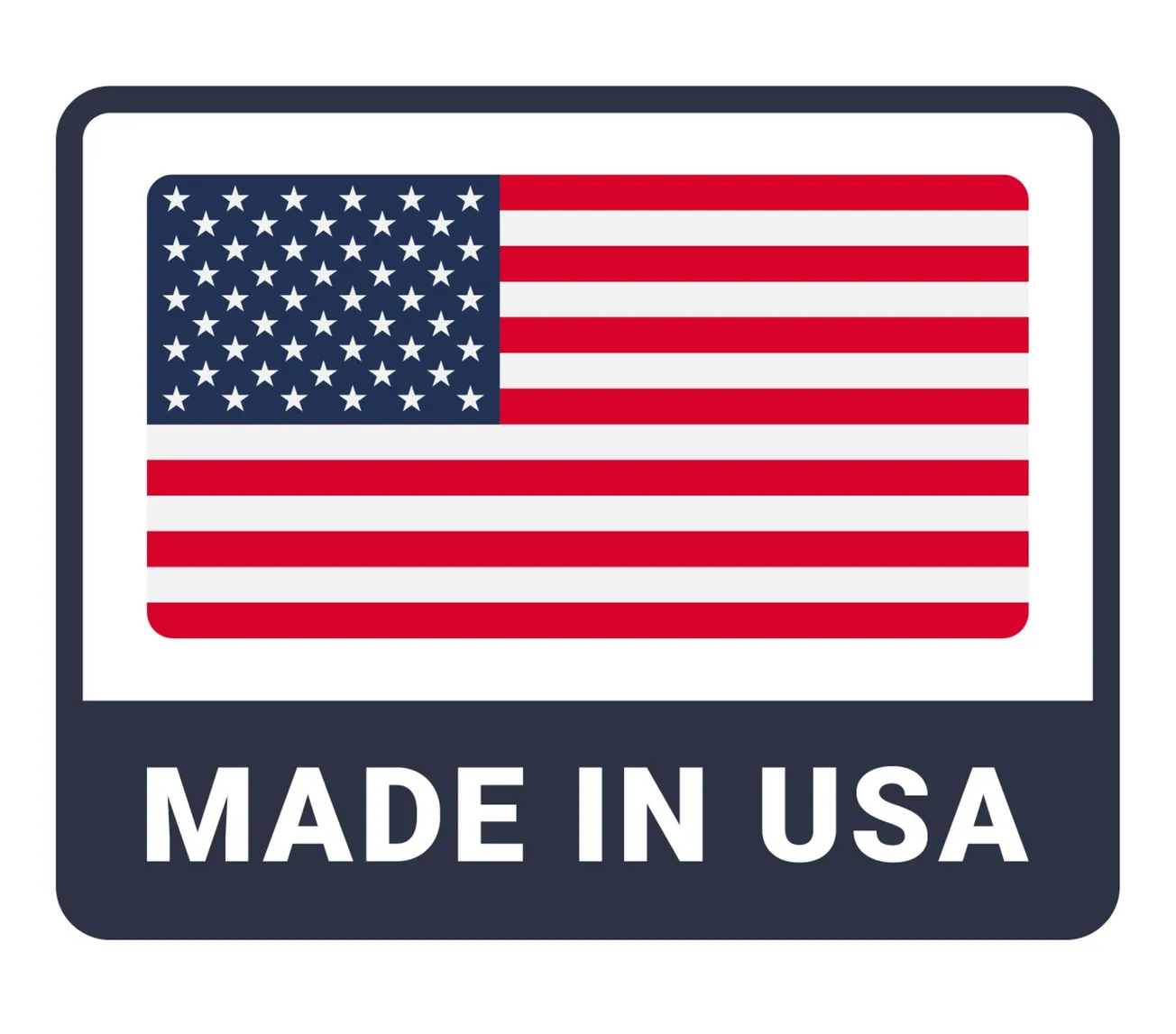The “Made in USA” label, once a simple marker of origin, has evolved into a potent marketing tool imbued with symbolism, legal scrutiny, and global impact. In 2025, the strategy behind marketing American-made goods intersects with shifting consumer values, supply chain challenges, and geopolitical tension.
Patriotism as a Marketing Strategy
Patriotic branding has seen a resurgence as brands attempt to align themselves with national values of quality, resilience, and economic support. Iconic American companies like Ford and Jeep have capitalized on this trend, launching campaigns such as Ford’s “Committed to America” and Jeep’s “More Than Just Words”, reinforcing their commitment to domestic manufacturing and American workers.
Levi’s, for instance, has developed a specific “Made in USA” denim line, using transparent sourcing to differentiate itself in a crowded apparel market. These campaigns appeal to consumers’ desire to support homegrown businesses, especially during times of economic and social uncertainty.
However, “Made in USA” messaging comes with legal risks. The Federal Trade Commission mandates that products bearing the label must be “all or virtually all” made in the United States. Non-compliance has triggered lawsuits and fines, such as those involving Williams-Sonoma and several food and apparel brands.
According to Arnall Golden Gregory LLP, the FTC has intensified its scrutiny of deceptive claims, forcing marketers to thoroughly audit their supply chains. The legal crackdown, coupled with class-action lawsuits from firms like the Kazerouni Law Group, underscores the high stakes involved.
Tariffs and Domestic Opportunity
The U.S. government’s tariff strategy on Chinese and other imported goods—particularly steel, aluminum, and electronics—has made foreign products more expensive, creating a market advantage for domestically produced alternatives. Industries from furniture manufacturing to industrial plastics have seen increased demand as a result.
Companies like Royal Apparel and All American Writing Instruments report sales spikes tied directly to their “Made in USA” messaging, according to ASI Central. Tariffs and reshoring incentives have helped small and medium manufacturers reposition themselves in a global economy still recovering from pandemic-era disruptions.
The FTC’s definition of "Made in USA" is strict: final assembly must occur in the U.S., and all significant parts and processing must be of domestic origin. As global supply chains remain fragmented, maintaining compliance becomes increasingly difficult, especially for industries reliant on imported components.
Global Perception and Trade Pushback
While “Made in USA” resonates with domestic consumers, it’s a more complex sell abroad. Global trade disruptions, retaliatory tariffs, and politically motivated boycotts have tempered the appeal of American products internationally. European, Canadian, and Chinese consumers, in particular, have expressed skepticism or enacted soft boycotts in response to U.S. protectionism and foreign policy.
For example, U.S.-origin goods in sectors like automotive, technology, and food products have faced resistance in overseas markets. This has negatively affected exports, while supply chain reconfiguration has strained relationships with long-standing international vendors.
Producing a fully American-made product is often economically unfeasible. Many U.S. brands rely on global supply chains for essential components, even if assembly occurs domestically. According to the Wall Street Journal, consumers attempting to buy 100% American-made goods often struggle due to limited availability and significantly higher costs.
Tariffs on imported raw materials like steel have also driven up domestic manufacturing costs—causing price hikes for end consumers. This is especially pronounced in sectors like canned foods, where even minor raw material tariffs can translate to noticeable retail price increases.
Consumer Behavior and Expectations
Americans show strong emotional support for domestic production. A 2025 Gartner survey found that 47% of U.S. consumers intend to buy more American-made products this year. In parallel, a DuraPlas survey showed that over 70% of respondents viewed American-made goods as more important than ever.
However, that support often collides with economic reality. While many shoppers claim to prefer American-made items, they are only sometimes willing to pay the premium these products command. A Forbes experiment revealed that consumer willingness to pay more is situational — affected by product category, brand reputation, and perceived quality benefits.
Millennials and Gen Z show particular sensitivity to ethical sourcing and labor practices, but they are also budget-conscious. For these cohorts, "Made in USA" may be seen as a bonus rather than a requirement — especially in categories like electronics or fashion where price and design trends dominate.
Conclusion: A Strategic Balancing Act
The "Made in USA" label in 2025 is both a powerful tool and a regulatory tightrope. Companies that successfully incorporate this identity into their brand can benefit from enhanced consumer loyalty, premium pricing, and differentiation in a crowded market.
However, they must do so with transparency, legal diligence, and an eye on global dynamics. The strategy must be multifaceted — aligning patriotic branding with genuine supply chain integrity, responsive pricing, and international sensitivity.
As global trade relationships evolve and economic nationalism becomes more prominent, brands will need to continuously reassess their sourcing, messaging, and market positioning to make the most of the “Made in USA” advantage.










